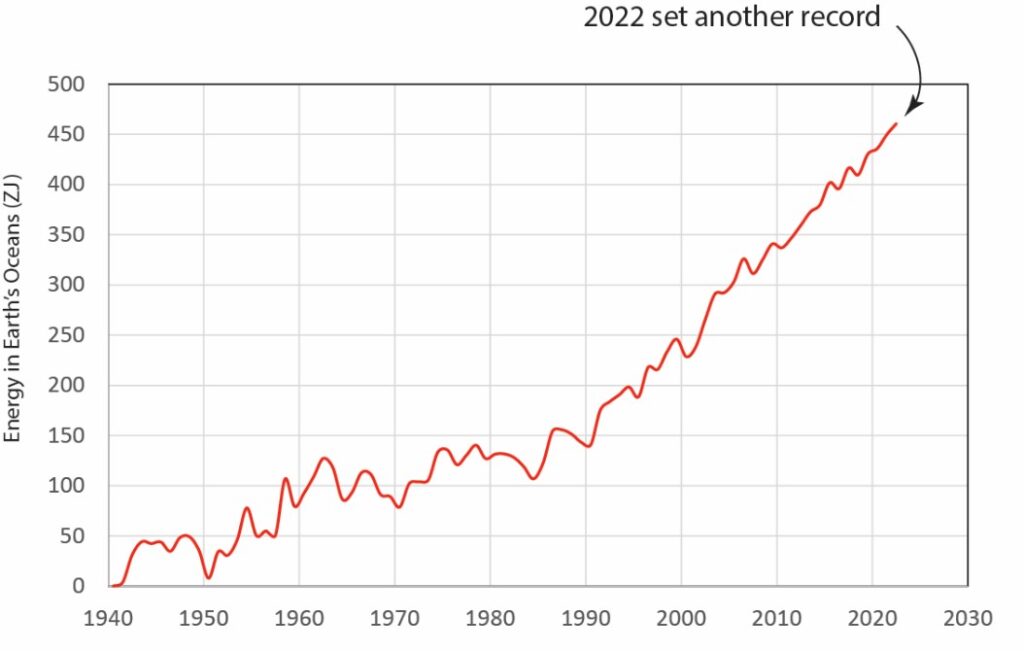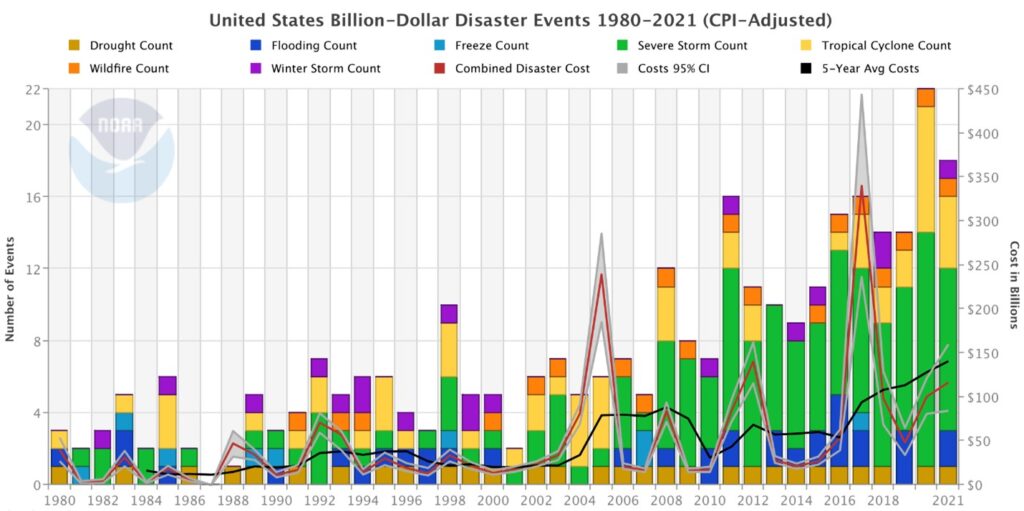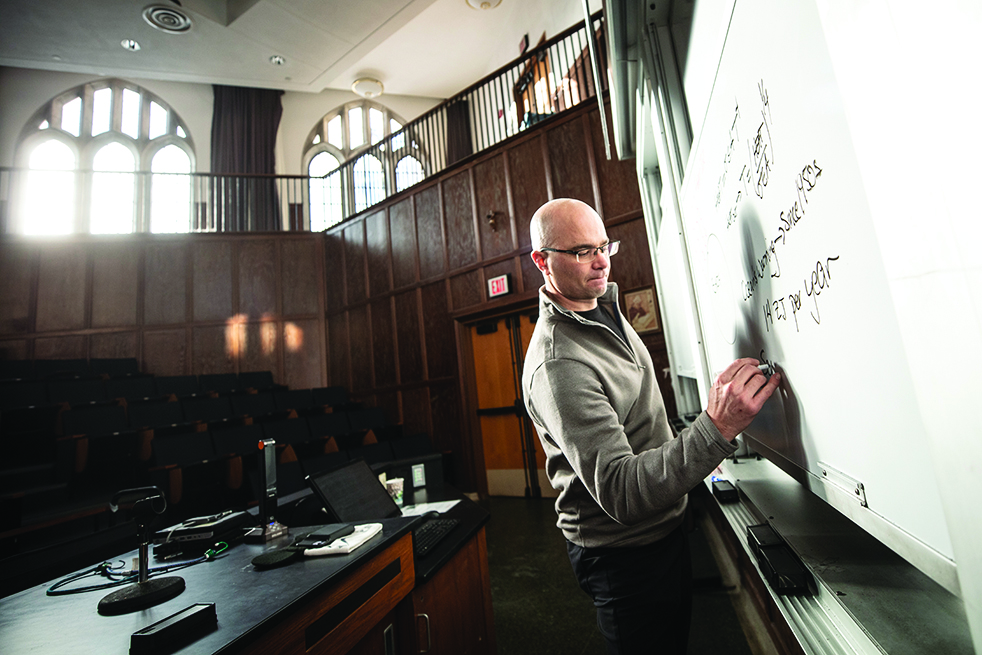University of St. Thomas scientist measures global temperature
University of St. Thomas School of Engineering Professor John Abraham, along with 23 colleagues from 16 institutions around the world, published a climate change study Jan. 11 in Advances in Atmospheric Sciences. They found that 2022 was a record year for our planet – Earth continues to heat as global warming continues unabated. Their measurements show that the rate of warming has actually accelerated. The heat is enormous – equivalent to the energy from five Hiroshima atomic bombs being detonated every second, day and night, of every day, for the entire year.

International media from The Guardian to The Washington Post and Axios wrote about their findings. The researchers collected hundreds of thousands of temperature measurements made around the world’s oceans, from the surface down to 2,000 meters (more than a mile) of depth. Very sophisticated thermometers were used; some were attached to robots that automatically moved through the ocean waters.
Why measure the oceans? It turns out that the oceans hold almost all the excess heat on planet Earth. In fact, more than 90% of global warming heat ends up in the oceans. So, if you want to know what is happening to our planet, you must look to the oceans. In fact, global warming is really ocean warming.
Another reason John Abraham and the team used ocean temperatures is that the oceans control our planet’s weather. As the oceans continue to warm, they transfer heat and humidity to the atmosphere. As the planet’s atmosphere becomes hotter and moister, it makes weather more extreme. Rainfalls occur in heavier downpours, storms are becoming more severe, floods more common, even hurricanes are becoming stronger.
“We are witnessing these effects both in the U.S. as well as around the world,” Abraham said. “Supercharged extreme weather is causing tremendous social and economic costs. Stunningly, over the past decade or so, global warming has cost the U.S. more than $250 billion dollars each year.”
Here is data from the U.S., collected by the National Oceanic and Atmospheric Administration (NOAA). These costs, adjusted for inflation, paint a dire picture for the costs we are paying because of global warming.

Abraham said not to become too discouraged. The U.S. and other countries are starting to take action to handle climate change. Costs for wind and solar energy have fallen so rapidly that we can now power our homes and buildings more cheaply with renewable energy than with fossil fuels. Electric cars are taking over as people witness their excellent performance and very low cost of operation. And St. Thomas is training the future scientists and engineers to bring clean energy solutions to our communities.
“We are entering a time period where we have real solutions to this problem,” Abraham said. “Now you can save money and the environment at the same time. Who can be against that? The clean energy economy also requires a highly skilled workforce. St. Thomas is training that workforce today, for the jobs of the future.”
The study was published in Advances of Atmospheric Sciences and is available here.






